Transforming Outdoor Spaces: Placemaking
Pedestal Deck Systems
In some cases, the best way to create outdoor spaces is to look at balconies and rooftops as well as on-grade applications. These types of outdoor spaces allow for an extension of indoor areas or can be seen as an outdoor place all on its own. Through design, such spaces can be completely customized to contain outdoor kitchens, fire pits, bars, living areas, gardens, or other amenity areas.
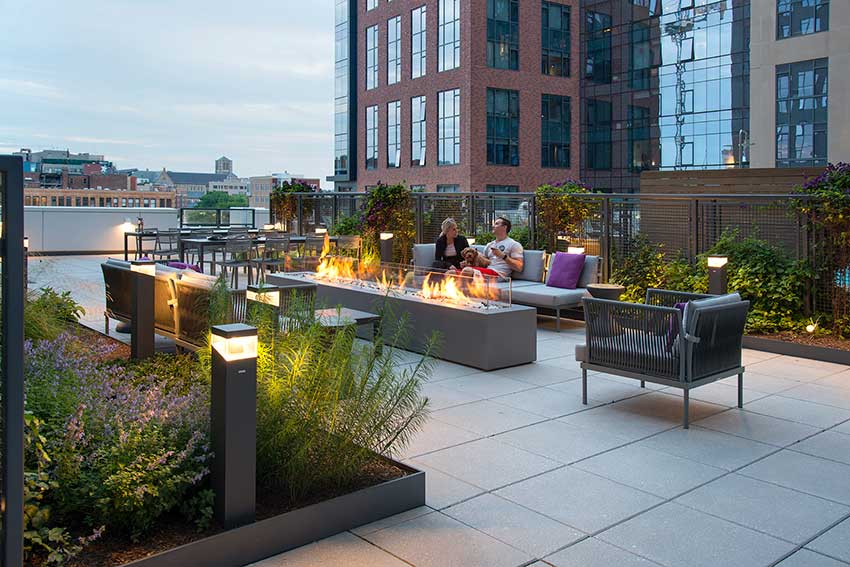
Photo: Bill Horsman; courtesy of Bison Innovative Products
Rooftops are an ideal location to create outdoor places and pedestal deck systems offer modular, complete solutions.
One successful means to accomplish this type of outdoor space is to use a pedestal deck support system with wood or other tiles laid on top to create the outdoor floor surface. This allows outdoor decks to help connect people to the natural environment using natural materials, such as wood and stone, and incorporate vegetation and greenery using planter cubes and pots. This can allow for regular interactions with the outdoors which has been proven to have positive health benefits, such as lower blood pressure, reduced stress, expedited healing, and improved mood and focus. Further, such pedestal decks can help to reduce a building’s carbon footprint through a reduction in a roof’s ambient temperature, increased potential for green space, rainwater collection initiatives, and/or reduced need for roof replacement.
Pop-Up Parks
An emerging trend is to create an outdoor space in the form of a “pop-up park.” These are commonly used to reclaim car-designated zones (i.e., parking spaces or extra traffic lanes) for pedestrian use. Pop-up parks vary in size and could encompass a one-car parking space, many spaces linked together, a reclaimed portion of a lot, a whole block, or a full lane. Many parks offer seating areas, gardens, bike parking, exercise machinery, and other amenities. They were first recognized in San Francisco and New York in programs like “Pavement to Parks.” Some manufacturers offer all the built elements required for a pop-up park installation. This creates a smooth installation and offers a consistent warranty for the entire system.
To create pop-up-parks, level platforms, such as modular pedestal decks, are built on top of existing pavement and are populated with planters, railing, benches, furniture, and other accessories. This allows for low installation costs since they can be installed in a way that does not require reconfiguring the streetscape, doing much, if any, demolition, or altering utilities.
Regardless of where or how they are used, adjustable deck systems commonly incorporate three types of components as described in the following sections.
Deck Supports
Fixed or adjustable height pedestals are the fundamental support system for the deck and have become recognized as one of the most labor- and cost-efficient methods of creating a level deck over a moderately sloped surface. High-density polypropylene plastic that is 100 percent recyclable is a common material used to manufacture the supports. This makes them impervious to water, mold, and freeze-thaw cycles. Their adjustability offers tremendous design flexibility compared to traditional deck building materials and methods. Using a gravity system, the supports do not penetrate, but rather protect, roofing and waterproofing membranes thus causing no damage or harm to the surface below.
The location of the pedestals is typically based on a modular layout that follows the size of the material used on the deck surface. Commonly, this is a 2-by-2-foot square grid, although many other sizes are possible as well. Adjustable pedestals are available in a range of heights and weight-bearing capacities to suit a variety of conditions or needs. Those decks carrying more weight or requiring more height to achieve a level condition will need a higher grade of pedestal. Adjustable pedestal systems can support decks over occupied space, allowing space for electrical systems, duct work, and irrigation.
Deck Surfaces
The versatility of adjustable pedestal deck supports means that they can be used to elevate a variety of decking surface materials. The common options include pavers made from concrete or stone, such as granite or travertine. Similarly, structural porcelain tiles, fiberglass grating, composite materials, or conventional wood decking systems can be used in a grid pattern to meet different design requirements. Typically, a galvanized steel paver tray is installed on top of the pedestals to support structural porcelain pavers or other materials prone to breakage. Surface materials can be removed for routine maintenance, repairs to the roof, or to gain access to other systems.
If a lighter weight surface material is preferred or needed, then wood tiles, weighing only one-third as much as concrete tiles, are a good alternative. Typically made from hardwoods in a variety of species, wood tiles are commercial grade, responsibly harvested, and available in standard and FSC Certified hardwood options for sustainability. If maintaining the wood color is desired, wood tiles can be periodically cleaned and sealed. Left to weather naturally, the wood tiles will develop a silvery-gray patina.

Photos: Bill Horsman; courtesy of Bison Innovative Products
Different types of surfaces can be used on rooftop decks to address the specific needs of a variety of building projects.
Site Furnishings
Manufacturers of pedestal deck systems also offer coordinated, modular elements that are designed to integrate with their deck systems while giving the architect complete design flexibility. Modular wood cubes are available with an array of design options to incorporate seating, storage, and planters. Such cubes are available with a polyurethane lining and drainage holes to host plant life. At other times of the year, the cubes can be repurposed for seating and storage of seasonal items (i.e., cushions and pillows) by placing a manufactured hardwood top on the cube.

Photos courtesy of Paul Turang (left) and Collaborative studio (right); Cascade Architectural
Coiled wire fabric can be used to enhance the outdoor spaces around buildings by adding a durable, fabric-like material as a feature or a surface that can support plant growth on the side of a building.
If a different look is desired, aluminum cubes are also an option. Designed to withstand temperature extremes, these low-maintenance, durable planters are constructed of lightweight, partially recycled aluminum. Some use an industrial strength powder-coated finishing process that is applied electrostatically and cured under heat, creating a more resilient finish than conventional paint. There are a variety of size and color choices available.
Overall, complete coordinated modular deck systems as described here, can be designed and specified to create attractive, durable, and sustainable outdoor spaces.
Designing With Coiled Wire Fabric
Outdoor spaces often require defined perimeters using the edges of a building or alternatively, a central focal point for activity or congregating in the space. Often the materials used in these situations may be a need to provide a limited degree of separation without the use of a solid surface. In fact, it may even be desirable to provide some controlled connectivity between spaces for light, air flow, sound, or other reasons. Several different products have been used to achieve this effect, but an innovative choice is the use of coiled wire fabric. Such products are different from traditional metal mesh materials in that they are designed as architectural products for use in a variety of ways.
Coiled wire fabric is a durable, thin material that is lighter in weight than traditional wire mesh and offers more design flexibility. On building exteriors, it can be used for sun shading, security protection, resilience enhancements, or aesthetic facade treatments. When those building exteriors face onto an outdoor space, it can provide additional color, texture, or artistic effects. Under the right circumstances, it can also be used as a base for vegetation to grow and create an outdoor “living wall” surface. It is available with a range of attachment systems allowing for different building conditions and finish treatments. The material can be left to hang (i.e., flowing freely) or it can be secured at both the top and bottom and pulled taut to create a semi-rigid condition. Because of its fabric nature, curved and undulating shapes are easily achieved providing more character and vitality than rectilinear shapes alone.
As a material made from metal, coiled wire fabric is a durable product with a long service life. It can contain recycled content and is 100 percent recyclable when it is removed from service. It is worth noting that no toxic chemicals are used in the material’s manufacturing process. Some even carry Declare labels from the International Living Future Institute indicating the degree to which human health and the environment are protected by the products. Declare labels gives consumers full transparency on the product, including where it comes from, what it is made of, and where it goes at the end of its life cycle.
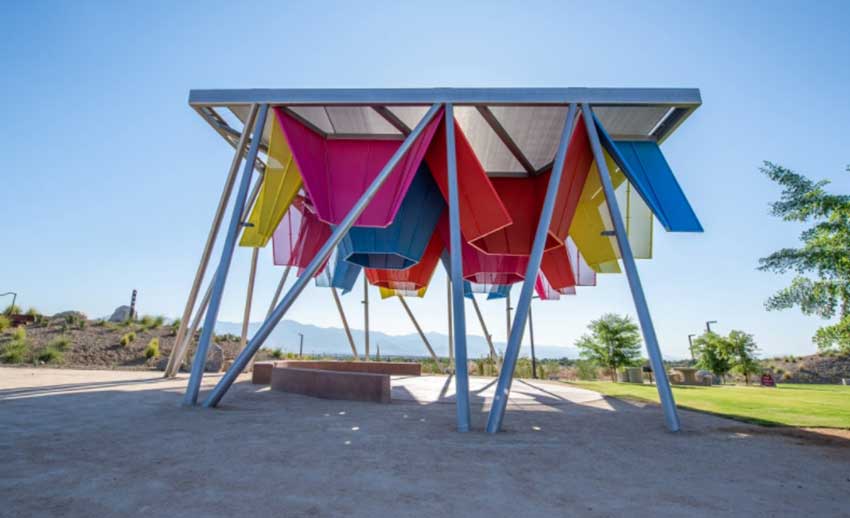
Photo courtesy of Cascade Architectural
The use of coiled wire fabric for outdoor settings, such as this park pavilion, is a creative way to use a durable, flexible, light-transmitting, and readily customizable material in creative ways.
Notice
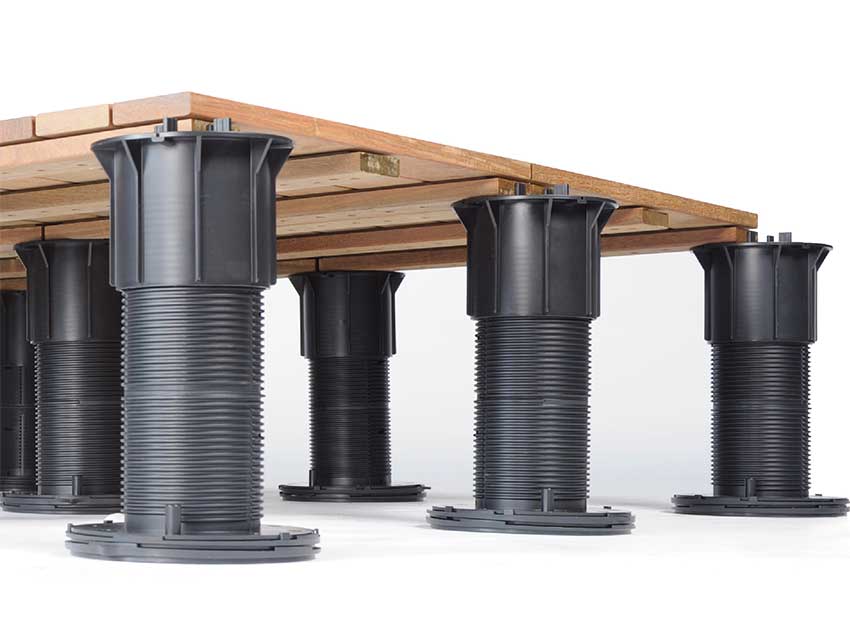
www.bisonip.com
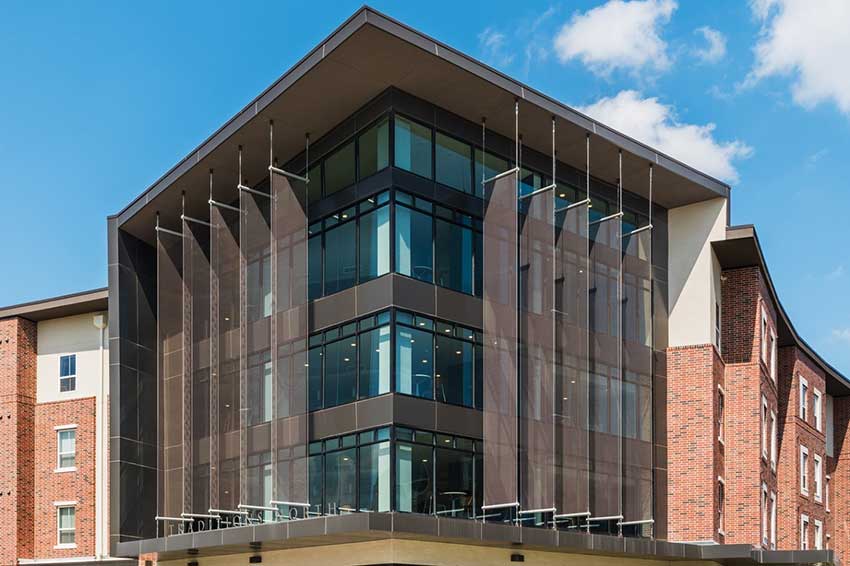
www.cascade-architectural.com
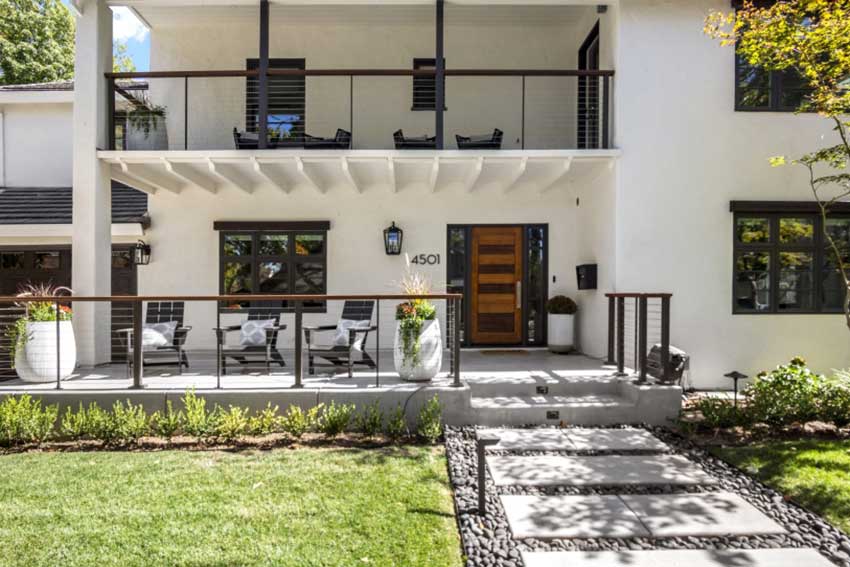
www.feeneyinc.com
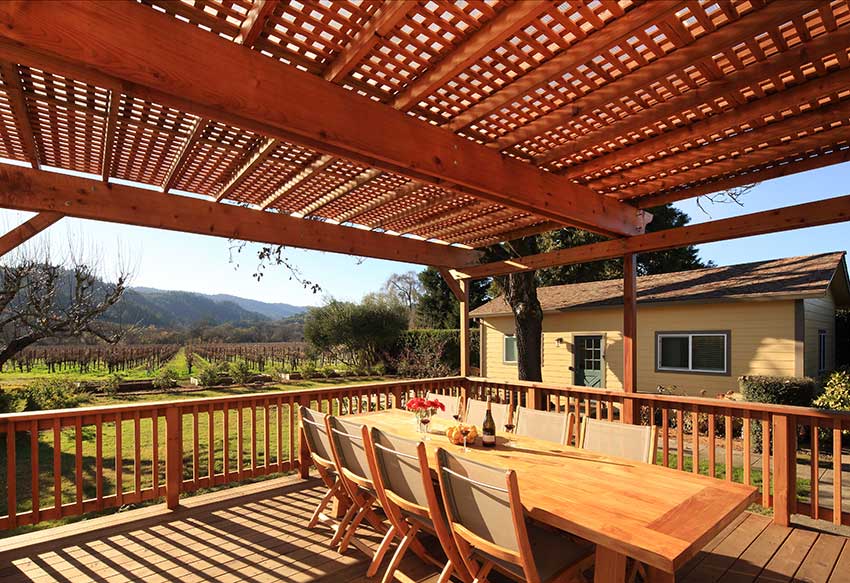
www.getredwood.com
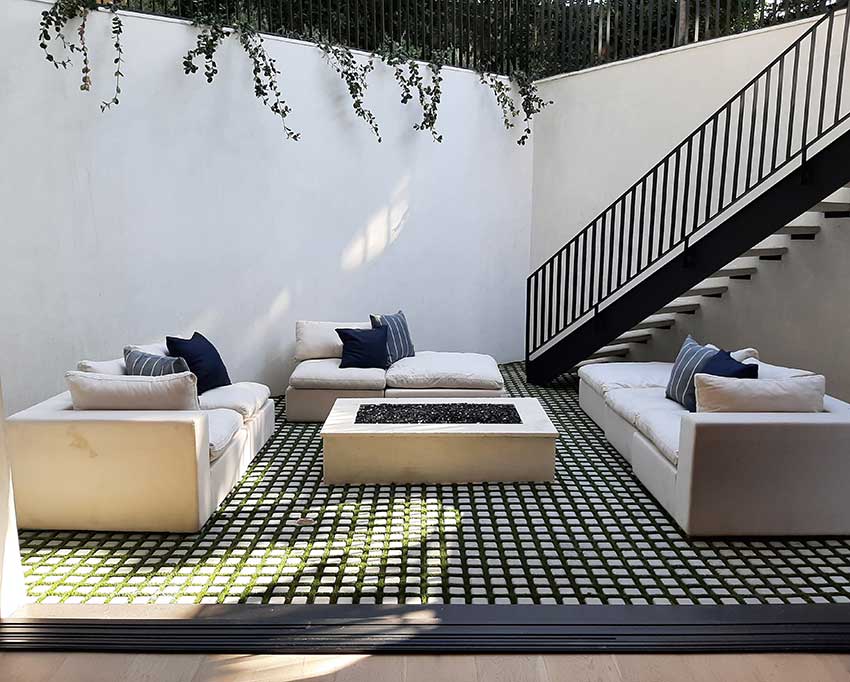
www.soilretention.com









